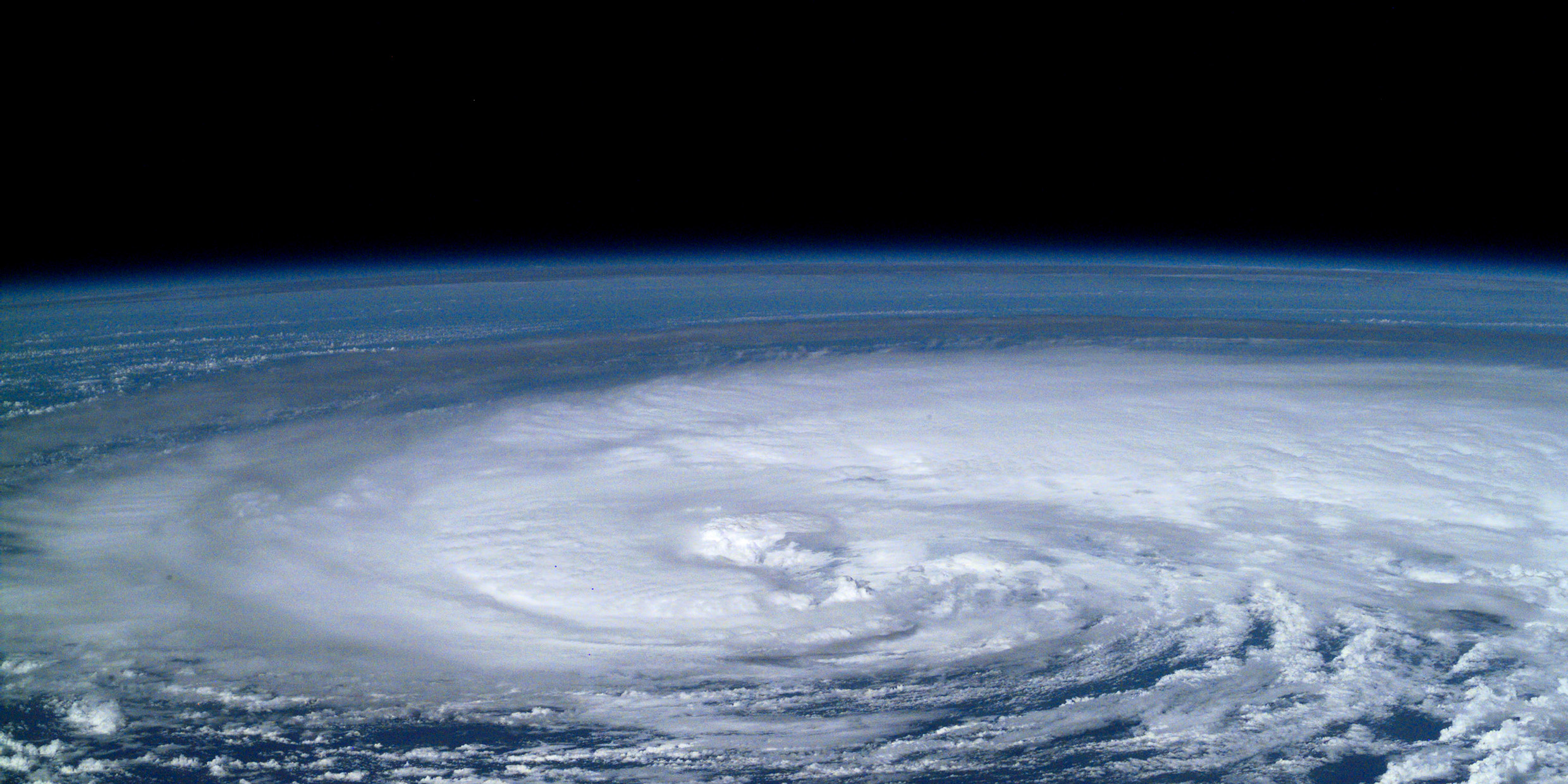Originally published 30 March 1992
What a winter! The snow shovel never came out of the shed until after St. Paddy’s Day. A few swipes with a broom was almost all it took to keep the driveway and walks clear.
Is this the much ballyhooed greenhouse effect? Is the planet warming up because we are pumping too much carbon dioxide into the atmosphere? Are more snowless winters to be expected?
Don’t throw your snow shovel away just yet.
First, variations from the norm will occur even in the absence of greenhouse warming. Second, even if the planet is getting warmer no one knows for certain what the long-range effects will be. Some climatologists say we’ll have less snow because of warmer temperatures on land; others say we’ll have more snow because more water vapor will be evaporated from warmer seas.
All of these scenarios for climate change are based upon computer simulations of the hugely complicated environment — so hugely complicated, in fact, that it is difficult to have much confidence in anything the computers predict for our future.
The one thing most climatologists have in common is prediction of disaster. Some say the icecaps will melt and flood low-lying coasts. Others say the ice caps will grow and leave coastal cities high and dry. Some say fertile parts of the earth will become drought-stricken dust bowls. Others predict fertile lands will become water-logged with rain.
We can take our pick of disasters.
One scientist who is rather less pessimistic that the rest is James Lovelock, the originator of the so-called Gaia Hypothesis (Gaia was the Greek goddess of the Earth). This states that the biosphere — the system of all living things, sometimes called simply “Gaia” — actively keeps the global environment comfortable for life. In other words, life is capable of maintaining its environment in an approximately constant state.
Lovelock illustrates his idea with a computer simulation called Daisyworld. Daisyworld is an imaginary planet with only two competing species of life, white daisies and dark daisies. Like all organisms, the daisies have an ideal range of temperatures at which they will thrive. If too hot, they wilt. If too cold, they fail to blossom.
The temperature of Daisyworld, as with Earth, depends upon how much heat is received from its sun and how much is radiated back into space. If the temperature of the planet rises above the comfortable range for some reason, the white daisies do marginally better because they reflect sunlight and keep their immediate environment cool. The dark daisies do less well. Therefore, the surface of the planet becomes whiter, more sunlight is reflect back to space, and the temperature cools.
If the temperature falls below the optimum range, the dark daisies, which absorb more heat from the sun, thrive at the expense of white daisies. The surface of the planet becomes darker, more sunlight is absorbed, and the temperature rises.
Thus, life on Daisyworld acts as a kind of thermostat, maintaining the temperature of the planet approximately constant.
Lovelock believes that life on Earth does the same thing. He imagines the biosphere existing in a kind of symbiotic relationship with the oceans and atmosphere — connected to the environment by a vast system of feedback loops. For example, if the level of carbon dioxide in the atmosphere increases, then life responds in such a way as to reduce the level of that gas. According to Lovelock, for almost 4 billion years, as life evolved, it has maintained the physical and chemical conditions of the oceans and atmosphere at comfortable levels — even repairing the environment after such catastrophic disruptions as major meteorite impacts.
Many scientists find Lovelock’s views unacceptable, or meaningless. Darwinian biologists argue that there is no conceivable mechanism of natural selection that would cause such a self-regulating system to evolve. Others accuse Lovelock of personifying a purely physical system, endowing Gaia with purpose and forethought. Gaia is a figment of his imagination, they say, more akin to religion than science.
For myself, I rather like the notion of Gaia, and have no trouble imagining a bio-physical system that responds in the way that Lovelock proposes. And, if Lovelock is right, you and I may be living in a kind of Daisyworld that has the capacity to restore deviations from the norm — and perhaps even frustrate or delay catastrophic global warming.
The big question is: Are human interventions in the environment occurring faster than Gaia’s ability to bring things back into balance? Feedback loops that worked over billions of years may falter and fail in the face of massive environmental changes caused by reckless applications of technology. Even if the biosphere is capable of repairing environmental damage, it can presumably do so only on a time scale that will be of little consolation to present generations of humans.
For the time being, at least, we should keep our ears open to the critics of Gaia and prophets of doom. Daisyworld may indeed be a lovely metaphor for Earth. But Daisyworld might not be able to maintain itself so pleasantly constant if we add to that hypothetical planet a third species with a capacity for technology — and an unchecked propensity to trample daisies.
In the three decades since this essay was first written, observational evidence for catastrophic climate change has significantly increased, and scientific support for the Gaia hypothesis has receded. ‑Ed.



